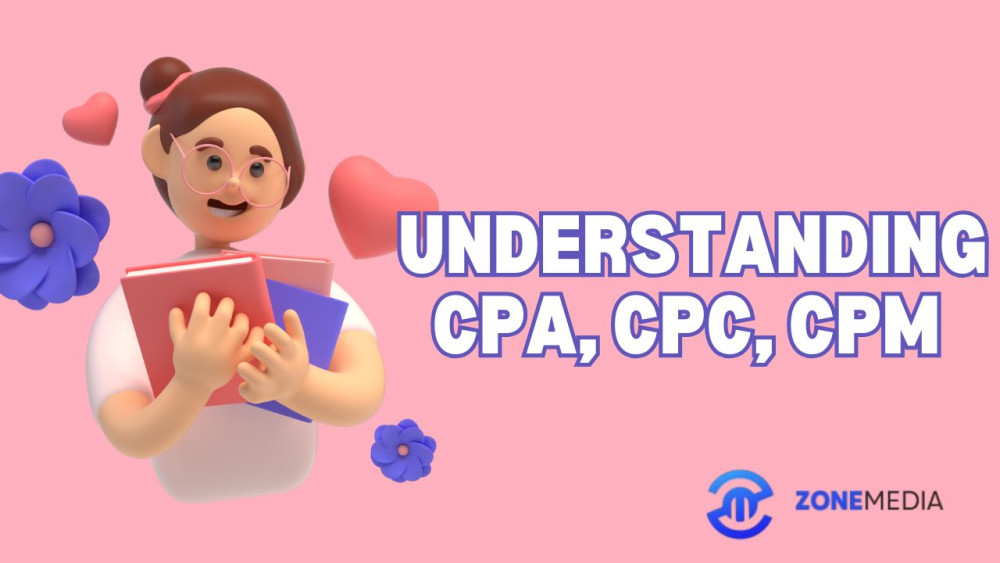Introduction: The Metrics That Drive Digital Advertising
Performance advertising is all about measuring effectiveness. Unlike traditional advertising, where success is often difficult to quantify, digital marketing offers precise data on every dollar spent. Three key metrics that define performance advertising are CPA (Cost Per Acquisition), CPC (Cost Per Click), and CPM (Cost Per Mille or Cost Per Thousand Impressions). Understanding these metrics is crucial for businesses looking to optimize ad spend and improve campaign efficiency.
What is CPA (Cost Per Acquisition)?
CPA refers to the cost incurred to acquire a customer or drive a specific conversion action, such as a sale, sign-up, or lead submission. This metric is highly valuable for businesses that focus on measurable return on investment (ROI) and want to ensure that every dollar spent leads to a tangible result.
Why CPA Matters
Directly ties ad spend to revenue by focusing on completed actions.
Helps in budget allocation by identifying the most cost-effective campaigns.
Improves profitability by optimizing campaigns to lower acquisition costs.
How to Optimize CPA
Enhance targeting to reach audiences most likely to convert.
Use A/B testing for ad creatives and landing pages.
Optimize bidding strategies to balance cost and performance.
CPA is widely used in industries such as e-commerce, SaaS, and lead-generation businesses where tracking conversions is essential.
What is CPC (Cost Per Click)?
CPC measures the amount advertisers pay for each click on their ad. It is commonly used in search engine marketing (SEM) and pay-per-click (PPC) campaigns on platforms like Google Ads and Facebook Ads.
Why CPC Matters
Directly impacts traffic generation, making it a key metric for driving website visits.
Affects budget efficiency, as higher CPCs mean fewer clicks for the same budget.
Indicates competition level, with higher CPCs often signaling more competitive markets.
How to Optimize CPC
Improve ad quality and relevance to get better placements at lower costs.
Target long-tail keywords with lower competition.
Use negative keywords to prevent irrelevant clicks.
CPC is ideal for businesses looking to drive website visits, engage with prospects, and guide users further into the sales funnel.
What is CPM (Cost Per Mille or Cost Per Thousand Impressions)?
CPM refers to the cost advertisers pay for 1,000 ad impressions. Unlike CPA and CPC, which focus on direct user actions, CPM is about brand visibility and awareness. This model is commonly used in display advertising, programmatic ads, and social media campaigns.
Why CPM Matters
Boosts brand exposure, making it valuable for awareness campaigns.
Helps in measuring reach by tracking how many people see an ad.
Often results in lower costs compared to CPA and CPC, making it cost-effective for mass reach.
How to Optimize CPM
Refine audience targeting to reach the most relevant users.
Improve ad creatives for higher engagement and recall.
Use frequency capping to avoid ad fatigue.
CPM is a great option for businesses running brand awareness campaigns, product launches, or large-scale audience engagement efforts.
CPA vs. CPC vs. CPM: Which One Should You Use?
Each of these metrics serves different purposes, and the best choice depends on your marketing goals.
If you want measurable conversions, CPA is the best choice as it focuses on completed transactions or actions.
If you want to drive website traffic, CPC is the ideal metric since you only pay when users click on your ad.
If your goal is brand awareness, CPM is the most effective model, ensuring your ad reaches a broad audience at a lower cost per impression.
Many successful advertising strategies combine these models for maximum impact. For example, a brand may use CPM-based campaigns to build awareness, then shift to CPC or CPA strategies to drive conversions.
Conclusion: Mastering Performance Advertising Metrics
Understanding CPA, CPC, and CPM is essential for any advertiser aiming to optimize digital ad spend. By leveraging these models effectively, businesses can create well-rounded campaigns that drive both awareness and conversions. The key to success is choosing the right metric for each campaign objective and continuously refining strategies to maximize ROI.


